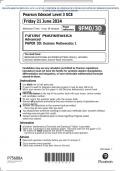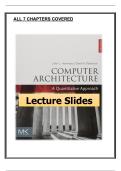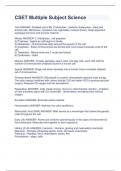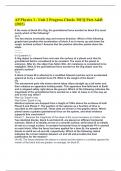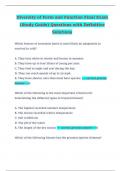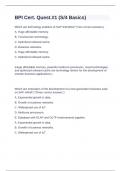CLASSIFICATION
INTRODUCTION
SYMBIOSIS
Symbiosis = the living of 2 or more different species together, an organism is going to live together with an
organism of a different species.
Parasite is a form of symbiosis where one of the two is having a negative effect of living together with the
other one. So, the host is getting damaged by the parasite
Symbiosis Dependence Damage Example
Mutualism 2-way: beneficial for both Partial No clown fish live along anemones with stings:
parties clown fish eat fish to protect anemones and
anemones protect the clown fish with stings
from predators
Commensalism 1-way: parasite depends on No (no) 1) Bacteria in GIT feed on material in
host, eats together with intestinal tract, no damage
host
2) Demodex in hair follicles feeds on dead
Host has neither a material: some people have problems
positive/negative effect with follicles obstruction eczema,
of living with the wounds due to hormonal changes
symbiont but damage (damage, not directly from parasite)
is possible if tooken up
by host at wrong time
Parasitism 1-way: parasite depends on Yes yes
host
! when a parasite evolves with its host, it becomes less pathogenic ( commensalism) because it wants to use
its host to get spread further. If the host dies, the parasite will die as well !
- 50% of all animal species are parasitic (or have a parasitic stage): biggest group of animal kingdom is insects
- 100% of animals and plants become parasitized
- Several parasites per host species + different hosts for one parasite species (e.g. human + mosquito)
PARASITOLOGY
Parasitology = the study of parasitic symbiosis (protozoa, helminths, arthropods)
Contains 5 different layers:
Parasite: morphology, biology, diagnosis
Relation between host and parasite: physiology, biochemistry, cell biology
Immunology: immune mechanisms (humoral and cellular)
IC parasites: cellular response is most important killer cells
, EC parasites: humoral response is most important antibodies
Epidemiology: transmission and distribution (host – parasite – vector – environment)
Clinical disease and treatment: pharmacology, clinics, pathology
DEFINITIONS
PARASITISM
Example
Obligate Parasitic stage required within cycle Female mosquito is obligate blood feeding
Facultative Independent, non-parasitic cycle possible Soil transmitted Helminth (STH): helminths can survive
outside of the host as long as conditions in the
environment are met. When conditions are no longer
viable: enzyme production by STH to get passed the
skin to go into blood stream from where it can go to
the lungs/heart
Permanent Total cycle on the host headlice
Temporary Part of the cycle on the host Thick: feeds one time of the human blood, after its
bloodmeal it will leave and live in the environment
Incidental Relatively rare in this particular host eating herring, raw fish => if herring worm => larval
stage => stays in stomach => creates neoplasms
(ulcers), normally only in fish. Definite host is small
whales
Erratic hookworms penetrate skin and stay there, starts
Abnormal location within the host moving in skin => see trace with strong local
= typical for parasites not adapted to human, inflammatory reactions => removing it by opening the
can cause severe problems ! skin
- CLM: cutaneous larva migrans (in skin)
- VLM: visceral larva migrans (in lungs)
- OLM: ocular larva migrans (in eye)
Stenoxene High host-specificity Pinworm
Euryxene Ow host-specificity Toxoplasma/Plasmodium/Trematoda
Homoxene One host within the cycle (direct cycle) Lice, enterobius
Heteroxene More than 1 host within the cycle (indirect cycle) All parasites that require a biological vector
HOST
Definitive Adult stage; sexual multiplication
Intermediate Larval stage (with development)
Paratenic Larval stage (without development)
Passive host: carries parasite (due to eating)
Protection from environment: sometimes the parasite accumulates in the host where it can
survive and can wait to be taken up by another host
(often fish: + parasite can migrate if the fish migrates)

